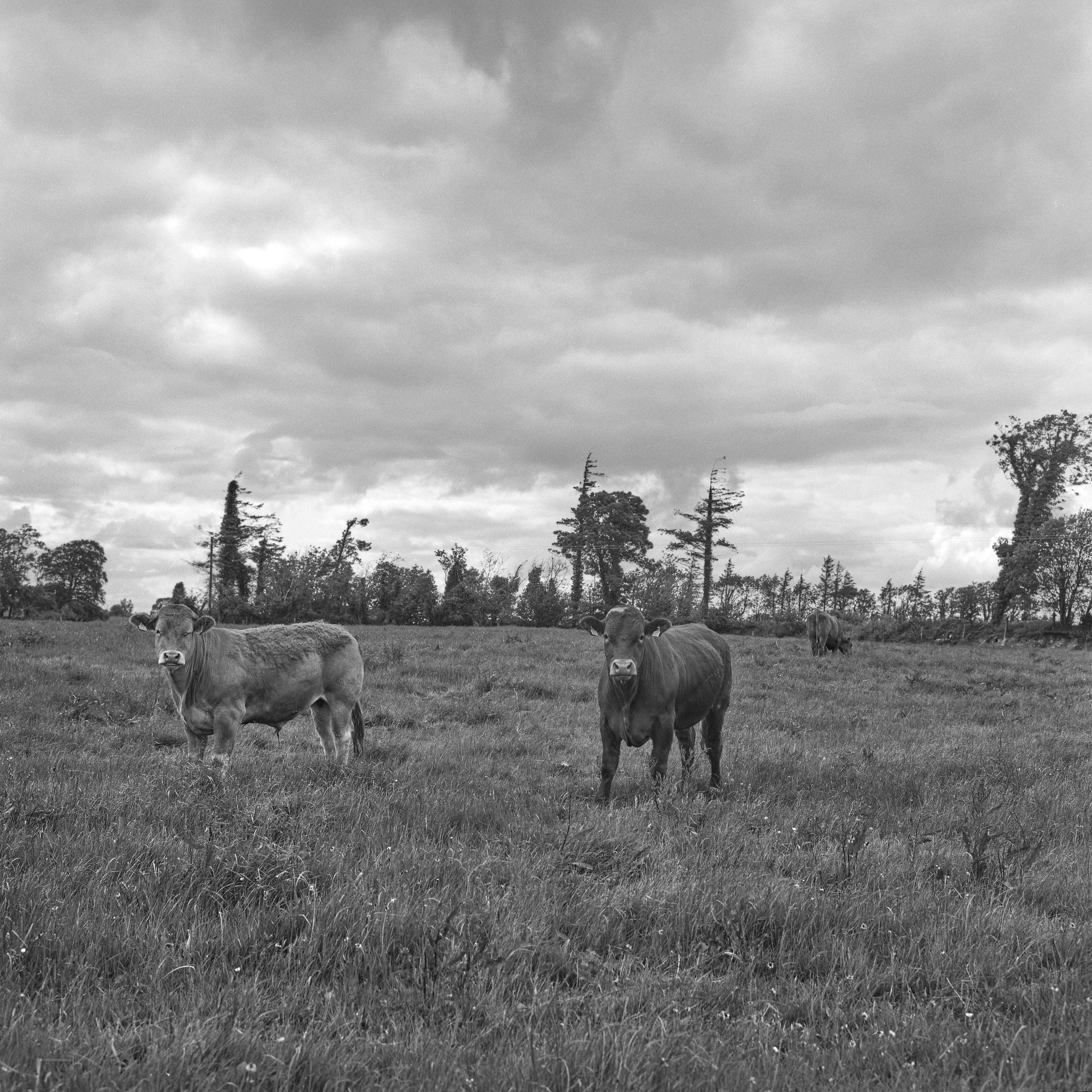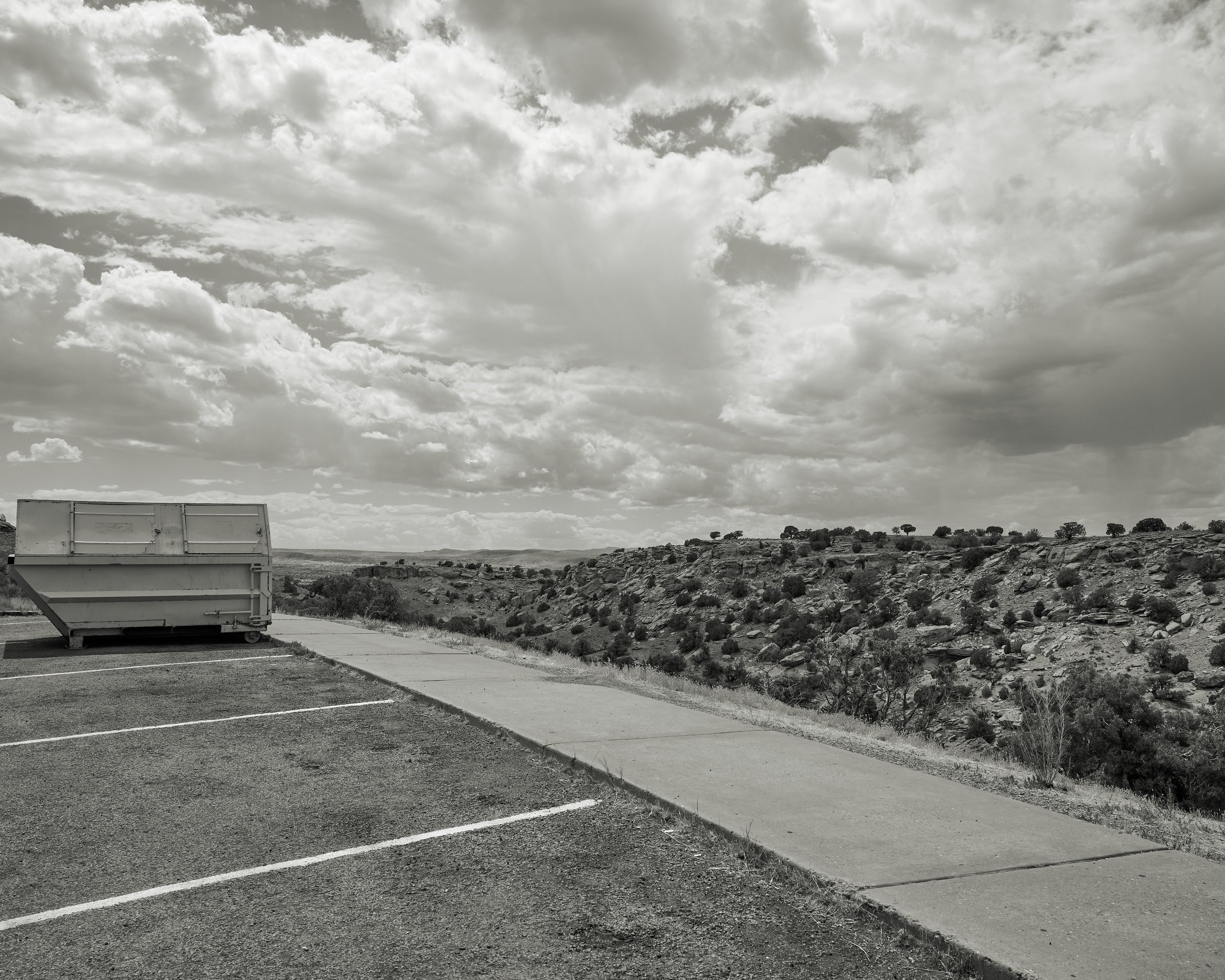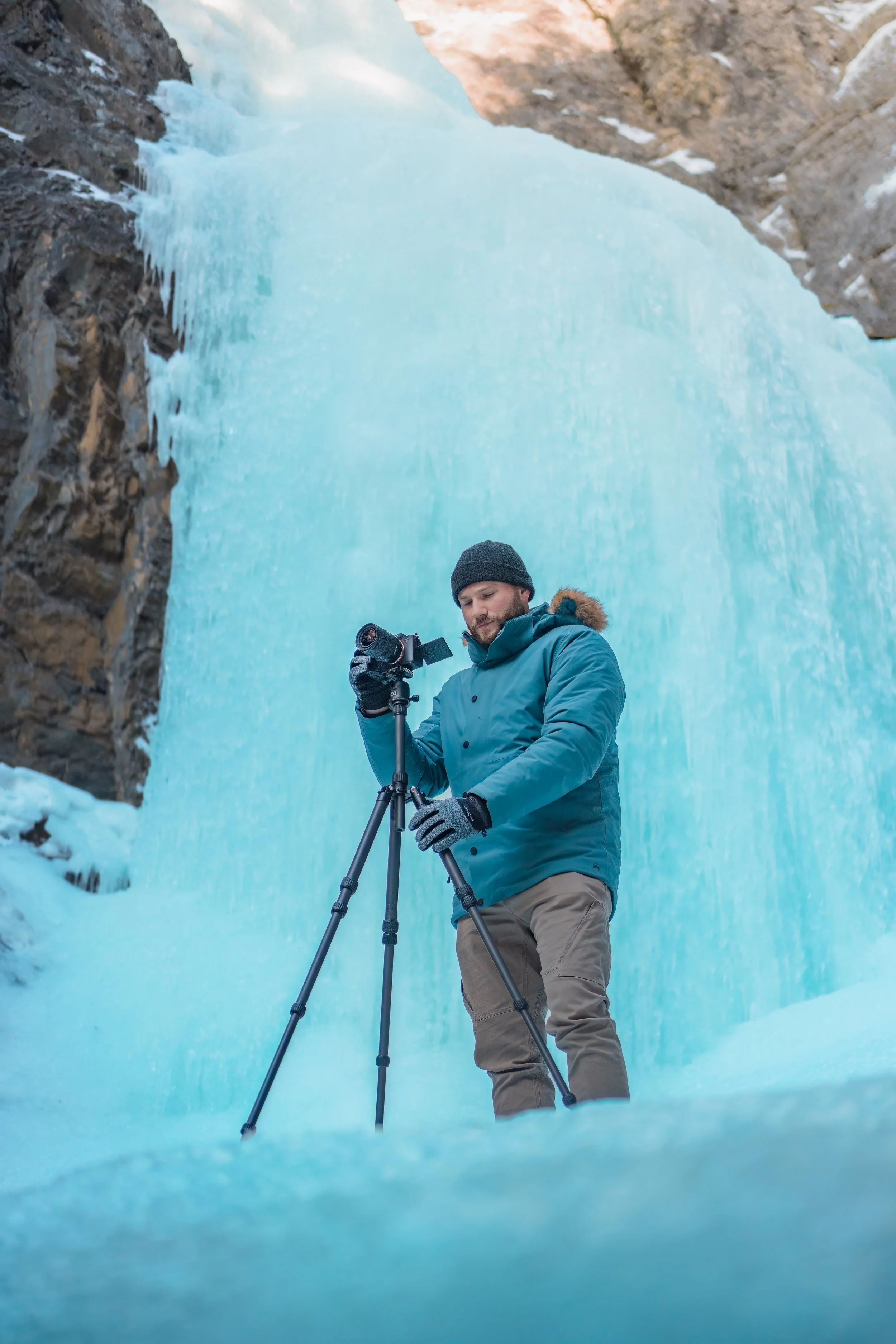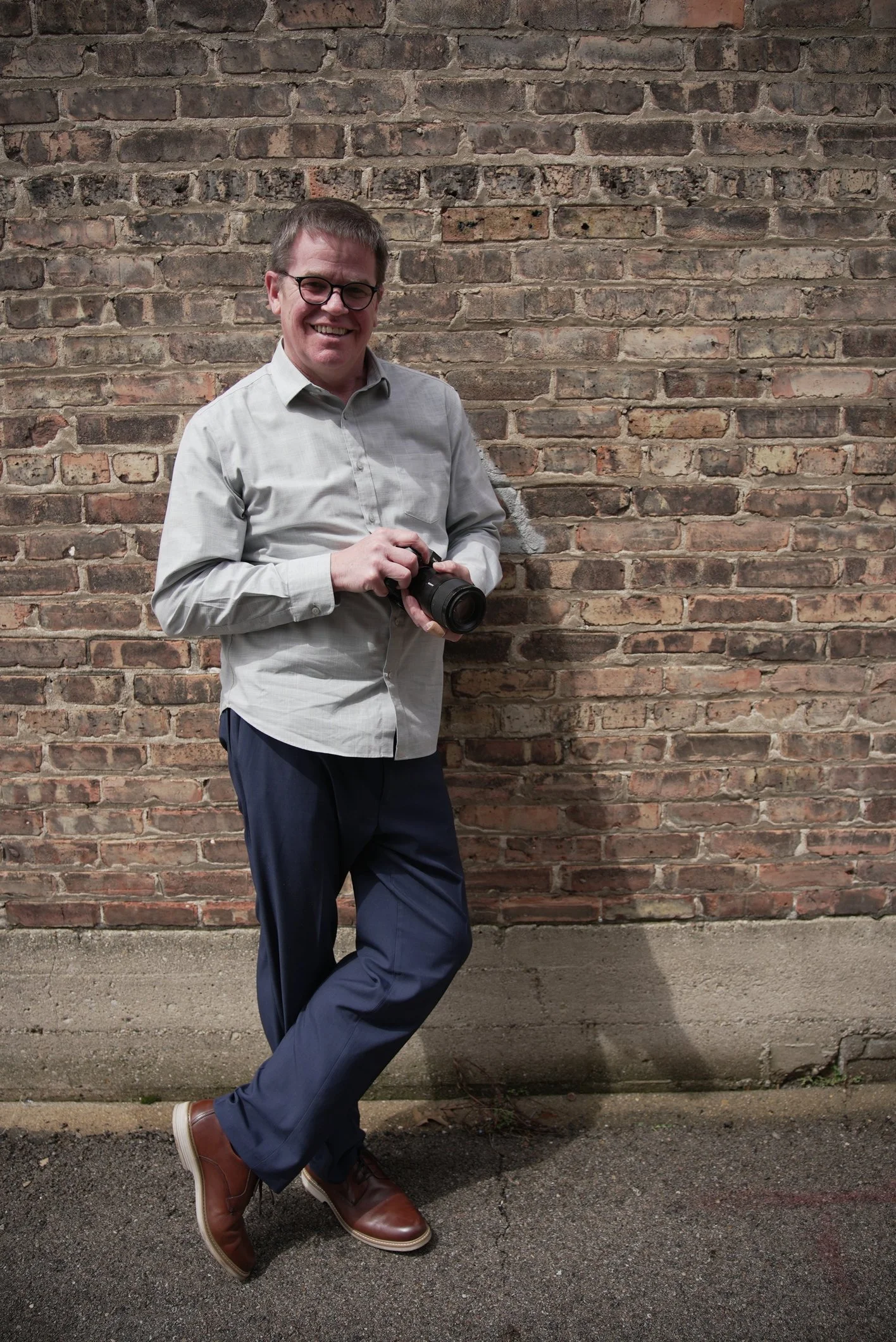Team Spotlight: Nate Lerner
ProMaster products are designed, marketed, and sold by camera enthusiasts. Everyone on our team is interested in photography and videography on some level. Some are featured in gallery shows, published in photobooks and magazines, while others are building a following on Instagram.
Recently, I sat down with Nate Lerner, a member of our Product Development team, to discuss his love of good movies and bad TV, the difference between function and style in art, and his love of photobooks. Nate has been a member of the ProMaster team for a little over two years. Before joining the ProMaster team he worked in higher education management, but has been interested in photography and art for as long as he can remember.
1. What do you do here at ProMaster?
I’m a product developer, which essentially means that I get to help make cool stuff. My job involves a lot of research, and I travel around the world to spot the latest and greatest trends and tech and meet with our manufacturing partners. I rigorously test and refine samples and prototypes, and collaborate with my phenomenal coworkers in marketing, sales, and distribution roles here at ProMaster to bring new products to market.
It’s the most fun job I can imagine and allows me to engage both the creative and analytical sides of my brain.
Photo Credit: Rachel Lerner
2. How did you get into photography?
I have vague memories of putting rolls of Tri-X through a Canon FTb on a trip to New Orleans when I was 9 or 10. I have even vaguer memories of running the photo lab at CVS while in high school.
I started thinking more seriously about photography when my wife gifted me my first DSLR, and that thinking became more rigorous in graduate school when I had the opportunity to study closely with Guggenheim awardee Marion Belanger. Marion introduced me to the world of art photography, taught me how to read photographs and photobooks, and is responsible for cultivating whatever visual astuteness I possess. I’ve been obsessed with viewing and making pictures ever since.
While I no longer participate in gallery shows, I’m happy that my prints get to live in various private collections (in one special case, right next to some Joseph Albers paintings), and one of my photobooks is available for borrowing from the Yale University Art Library.
Photobooks by Nate Lerner
3. What is your favorite photo memory?
When I was first learning about photobooks, I had the opportunity to spend an evening in the Special Collections room at the Wesleyan University library. It was absolutely incredible — I got to handle everything from the very first photobooks like William Henry Fox Talbot’s The Pencil of Nature and Anna Atkins’ cyanotypes, to things like the beautiful first edition of Lee Friedlander’s American Monuments printed by the Meriden Gravure Company, Twentysix Gasoline Stations by Ed Ruscha, and other treasures. I think that this was where I first really understood how much paper, printing, and format considerations have profound effects on how a body of work is received.
4. What types of cameras do you use?
Digital: Nikon Z7 with both native glass and vintage lenses. This is what I'm using most of the time these days. For film, I mostly work with a Speed Graphic 4x5, Mamiya RB67, and Rolleiflex 3.5 E3.
Photo Credit: Nate Lerner
5. How would you define your style of photography?
I find it easier to talk about function rather than style. At their most basic level, my images are about what the world looks like when flattened onto a picture plane. I’m interested in the formal relationships that take place within a picture, and that occur between and among images when sequenced in a photobook.
More broadly, my pictures are acts of noticing, a way of being in time and of ordering the universe. They’re about what it feels like to be situated here, and while very few of my pictures feature people, they all center the wonderful and inscrutable mysteries of human experience.
My primary photographic influences are members of The New Topographics like Lewis Baltz, Robert Adams, and Bernd & Hilla Becher, and some of my favorite contemporary photographers are Rinko Kawauchi, Alan Huck, Ron Jude, and Tom Lecky. I’m also heavily influenced by plenty of non-photographic work: ancient cave painting; Korean ceramics; 17th-century Dutch painting; mid-20th-century AbEx greats like Franz Kline, Helen Franketnhaler, and Agnes Martin; Land Artists Robert Smithson and Nancy Holt, and contemporary artists including Vija Celmins, Anne Truitt, and James Turrell. You can see some of my work here and here.
Photo Credit: Nate Lerner
6. What are your favorite ProMaster products?
I’m never without my XC-M 525CK tripod. I have a bad shoulder but it’s light enough for me to carry anywhere, and it has no problem supporting my 4x5 field camera. I’ll often convert one leg to a monopod for use with my RB67, mostly just to feel like I’m wielding Thor’s hammer (but also for, you know, stability—that camera is not ideal for hand-held work).
I also love our HGX Prime filters and always have a CPL in my bag. One of the fun parts of my job as a product developer is that I get to perform lots of testing, and I can confidently say that the HGX Prime line of filters is as good as anything I’ve put on my lenses, regardless of price. I’m a big fan of the Repellamax II coating which does a great job of repelling dust and oil. As I’m not exactly gentle on my gear, I also appreciate that their hardened glass is quite strong and the coatings are scratch-resistant.
Lastly, I can’t say how many times the Hitchhiker Tripod has come in handy when I’ve needed to create a quick video with my phone.
7. How does ProMaster make the difference?
I think this is what ProMaster does best: we provide high-quality products that are a pleasure to use. Products that are accessible for everybody, but more than capable for professional use.
We also embrace innovation. It’s important to us to be looking ahead and pushing new concepts forward. The modular design of our XC-M series of tripods, the fast-deploying Air Support monopod, or our new camera batteries with built-in USB-C charging come to mind. I can’t share details just yet, but 2023 is shaping up to be a very exciting year for new products, including some items that will be entirely unique.
8. Lastly, tell me a little bit about yourself outside of work:
I love cooking, reading, travel (specifically learning about other cultures through food, art, and architecture), good movies, and bad TV (I mean really bad—we’re talking Gossip Girl and The Vampire Diaries bad).
I’m also a conservatory-trained classical musician, which occasionally comes in handy when late-night parties devolve into Karaoke sessions and I can serve as a human iPod with whatever instruments happen to be laying around.
Photo Gallery Credit: Nate Lerner
Featured Image Photo Credit: Rachel Lerner






















